Dracula Goby
$129.99
Select Variant
Dracula Goby is prized for its unique and stunning and striking hue. The body of the goby is a pure white hue rare in the aquarium world. It is however the thick bands of deep red, which are alternated by thinner strips of orange-reddish, which put Stonogobiops the Dracula in a level of exclusivity that is it's own.
It is a native of the low-lying reefs in the Maldives wild species belonging to the Dracula Goby inhabit open sand areas with rubble dotted around the reef's base. In the aquarium at home, it is believed that the Dracula Goby does best when kept in similar habitats. As with others Shrimp Gobies in the Gobiidae family the Dracula Goby digs shallow burrows in the sand and rarely ventures out of its territory. Most prefer to sit on the sand near the entrance or within the column of water right over the entrance to the burrow.
As it is positioned outside its burrow. Dracula Goby keeps a watchful eye out for predators and prey. If a larger or more aggressive fish is spotted it will dart back into its burrow. If the prey is discovered suspended in the waters column, however, Stonogobiops Dracula may quickly leap up and grab it up before returning to the entrance of its burrow.
Another feature that the Dracula Goby share with other Shrimp Gobies, is that the Dracula Goby will also pair with pistol shrimp. They seem to favor Alpheus randalli to be their burrow mate. To maximize the benefits of this symbiotic bond its hopeful pistol shrimp counterpart should be brought into the aquarium in the same way. Although tranquil and peaceful, it is not without its own challenges. Dracula Goby will sometimes spar with similar species or other fish with similar sizes to protect its territory. But, they are generally peaceful with virtually all non-predatory fish within an appropriate size aquarium of at minimum 10 gallons.
Give these carnivores a diverse diet consisting of mysis shrimp as well as other frozen meaty and frozen foods, suitable phytoplankton, and flake food items. Gobies are most effective by eating small portions of food during the course of the day. For the best chance of re-creating natural conditions for feeding It is recommended to put the food into the water outflow of a pump or wavemaker so that it is able to disperse in the sub-surface water column.
Approximate size of purchase: 1-1/2" to 2-1/2"
- Description
- Additional Information
- Reviews
General information on Dracula Goby
Dracula's Goby body is a pure white color, which is rarely encountered in the aquarium hobby. With deep bands of red oxblood that are alternated by smaller stripes of orange-reddish, that put Stonogobiops Dracula in an era of style and elegance that is it's own. It is a native of the small reefs that make up the Maldives wild specimens from Dracula Goby inhabit open sand areas that are dotted with rubble close to the bottom of reef structures. In the home aquarium, it is believed that the Dracula Goby does best when kept in similar habitats. As with the other Shrimp Gobies in the Gobiidae family, The Dracula Goby digs shallow burrows in the sand substrate, and rarely wanders far from its designated territory. They prefer to sit on the sand to the outside or within the column of water right over the entrance to the burrow. While perched outside their burrow it keeps watchful of predators as well as prey. If a larger, more aggressive fish comes close to it, it will dart back into its burrow. If prey is discovered suspended in the waters column Stonogobiops Dracula will rapidly leap up and grab it, before returning nearly directly back to its burrow. Another feature that the Dracula Goby share with other Shrimp Gobies, is that the Dracula Goby will also pair with pistol shrimp. They seem to favor Alpheus randalli to be their burrowmate. To maximize the benefits of this symbiotic relationship it is recommended that its hopeful pistol shrimp companion should be brought into the aquarium at the same time. Although calm it is not without risk. Dracula Goby will sometimes spar with similar species or fish that are more aggressive in similar size in order to defend its territory.
size
Large, Medium, Small
Units
1
Weight
6 lbs
Dimensions
1 × 1 × 1 in


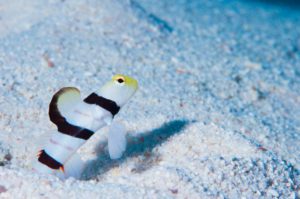

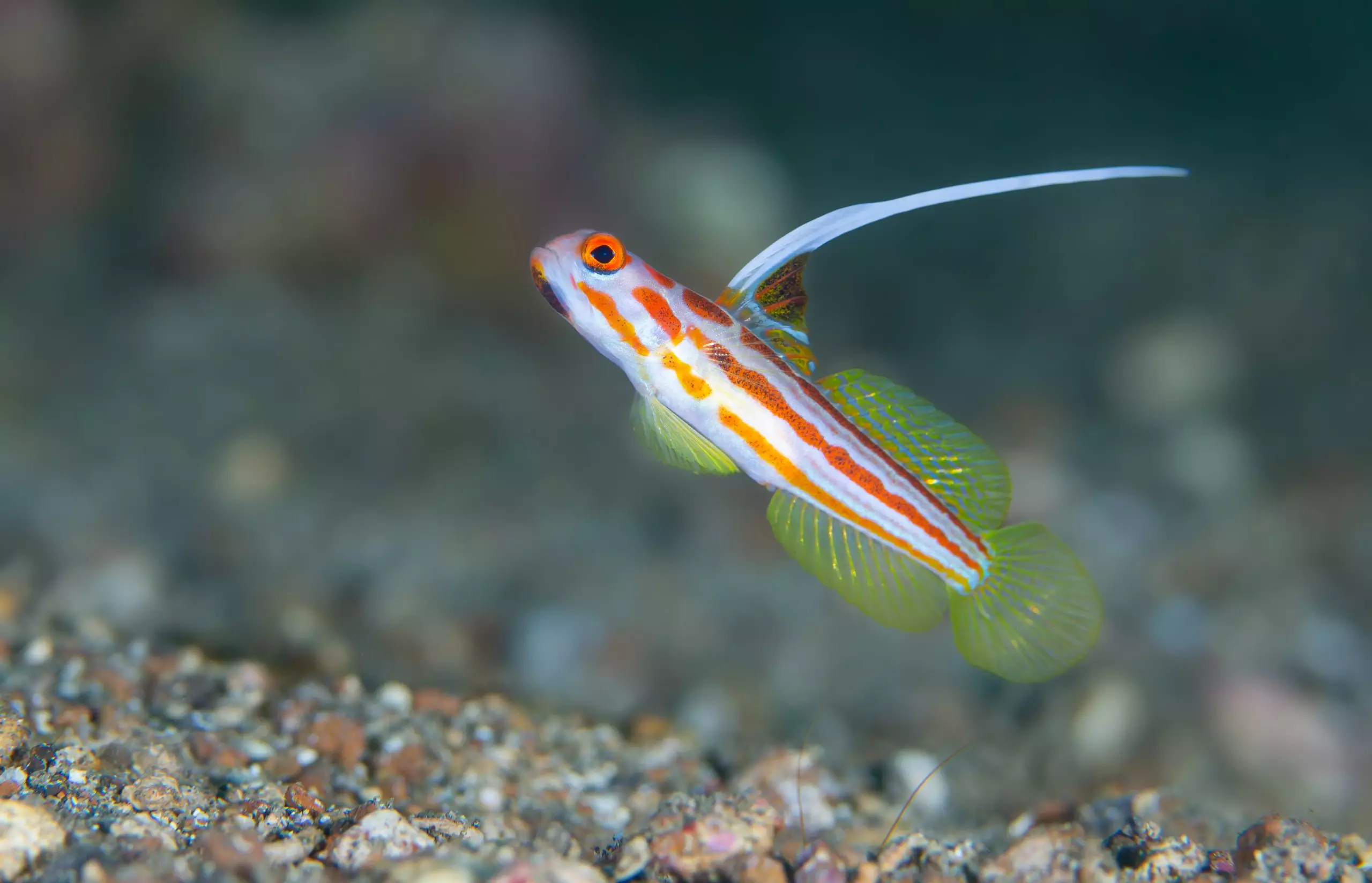

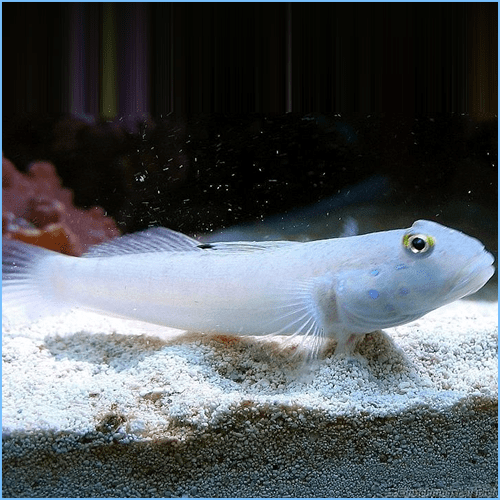
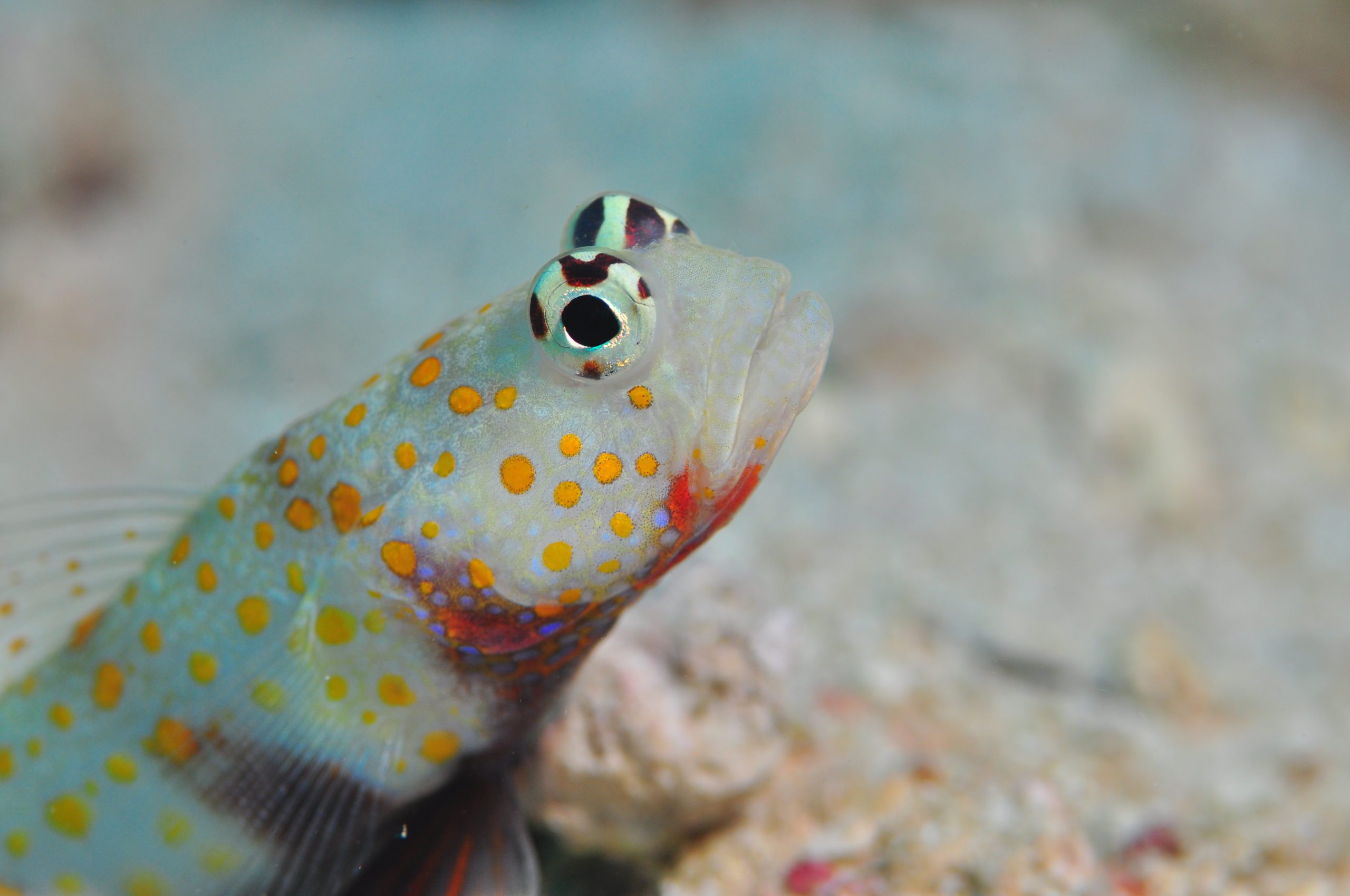
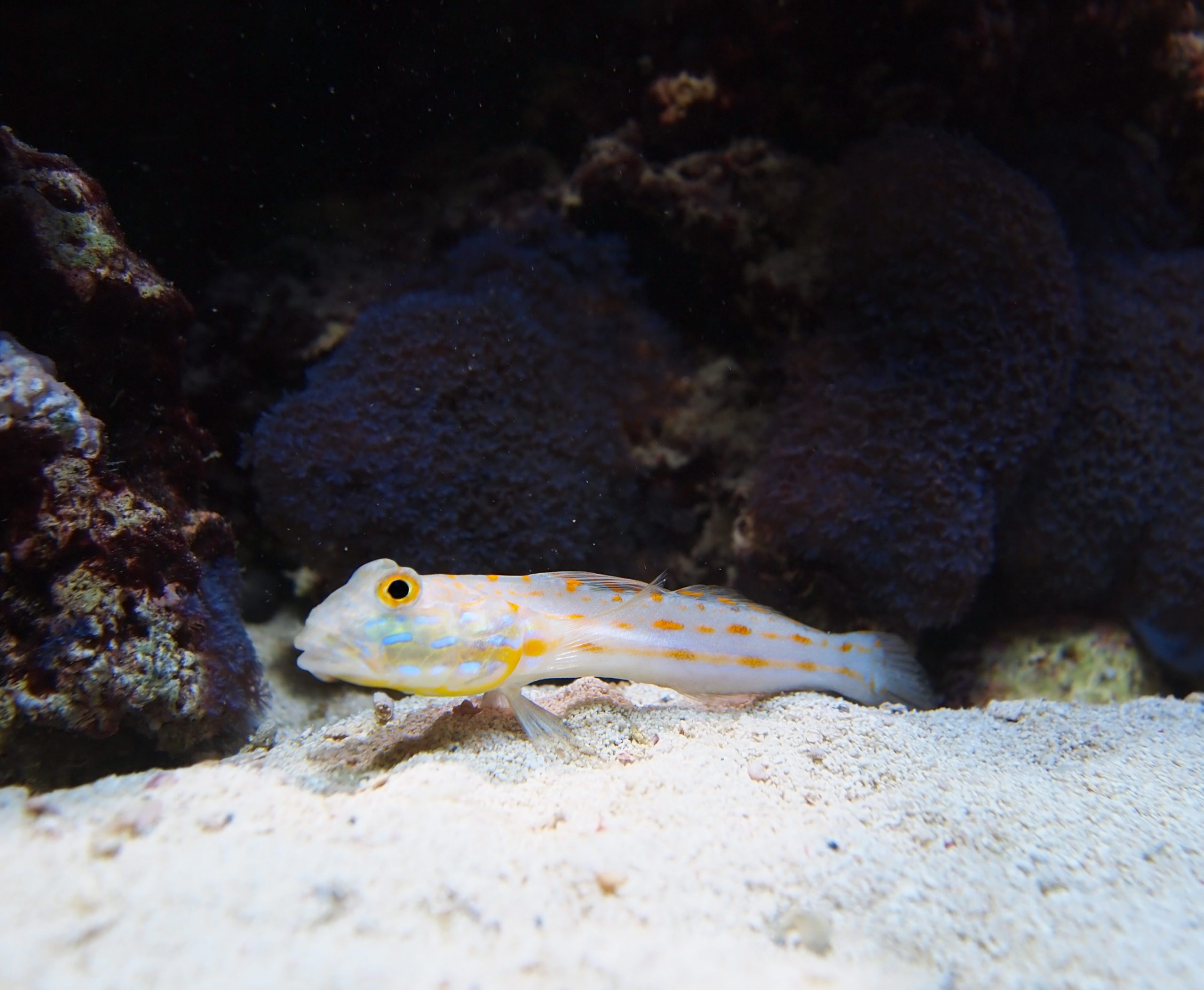
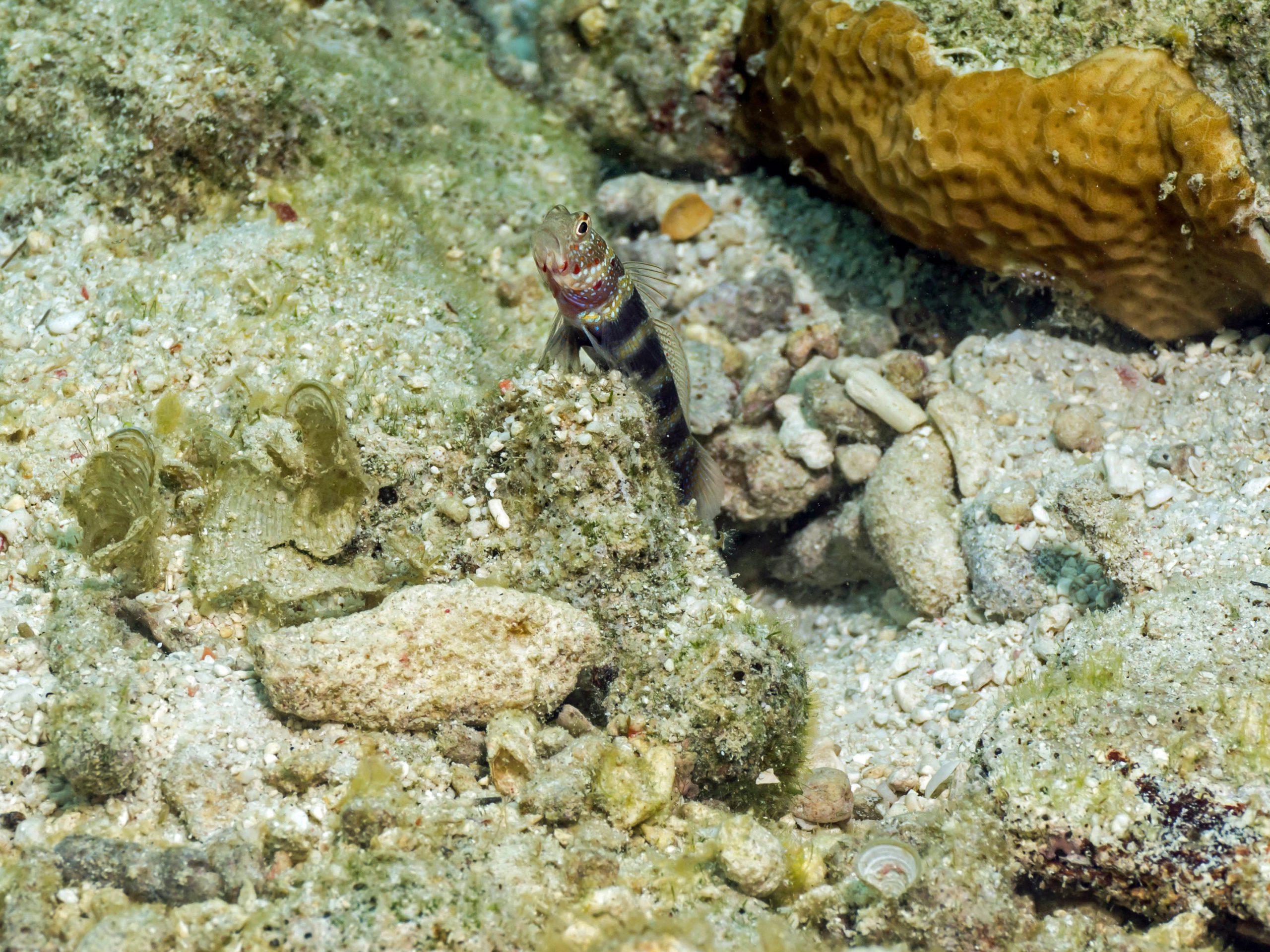
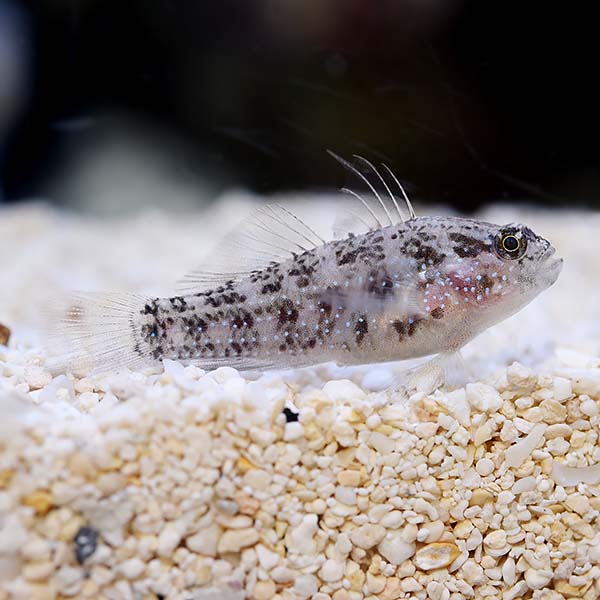

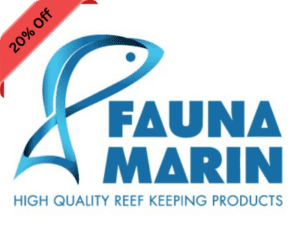
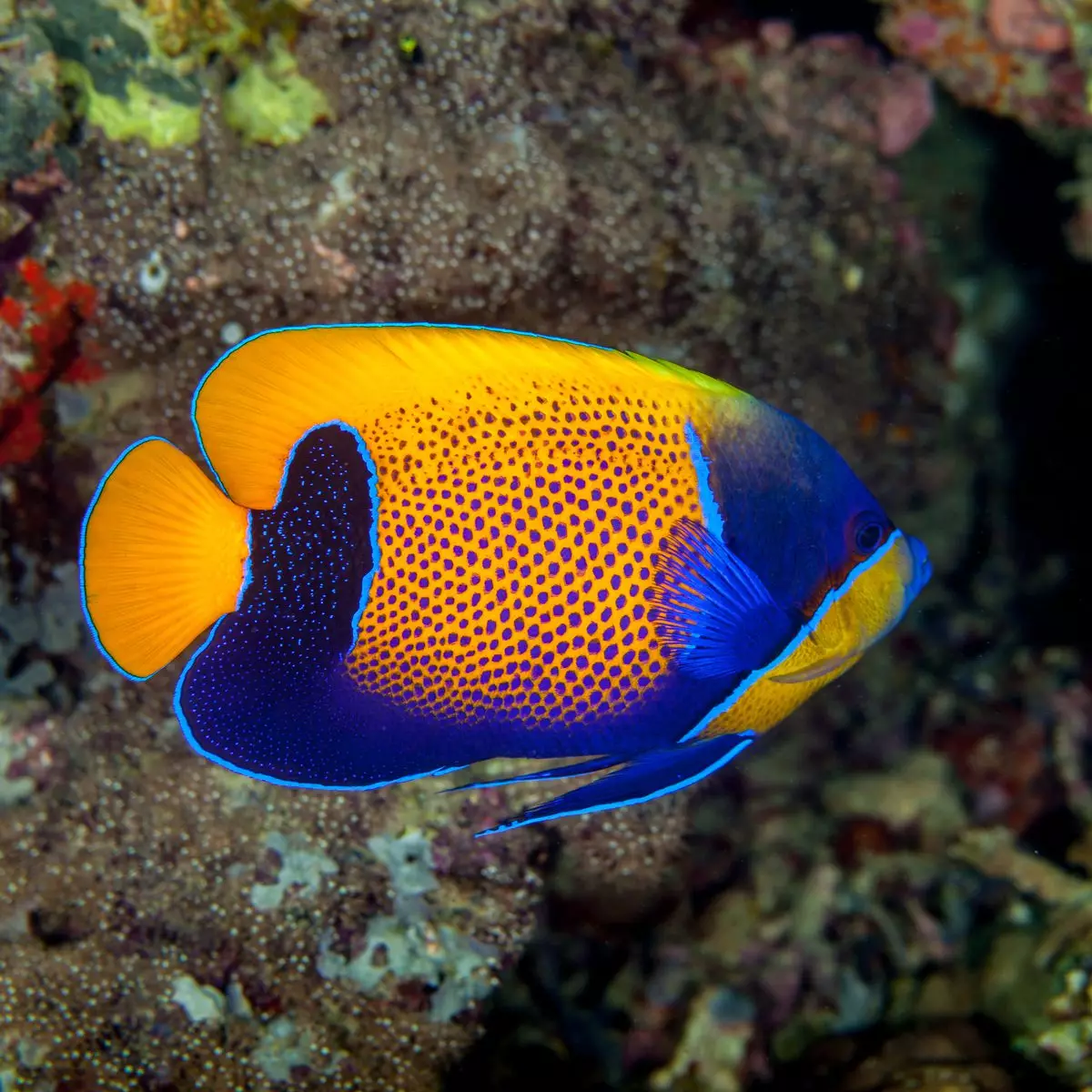
Reviews
There are no reviews yet.